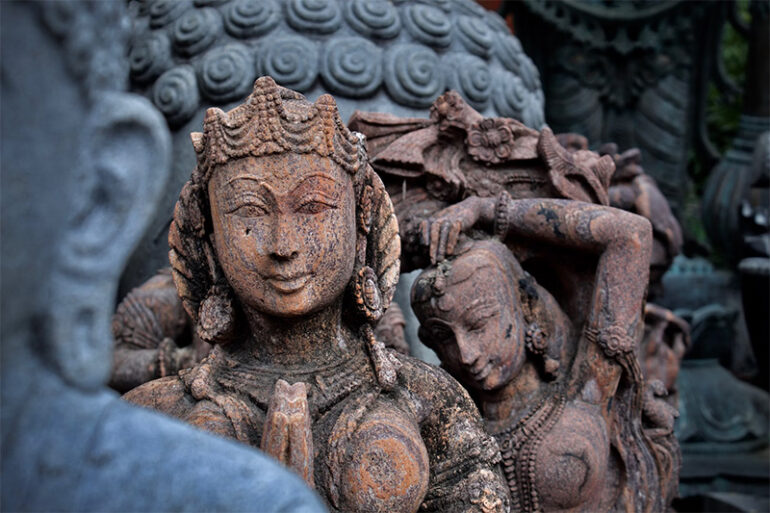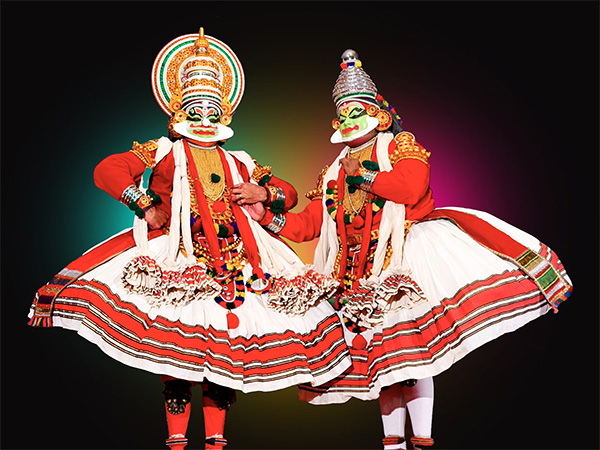As artists negotiate the junction of legacy and modern expression, the terrain of conventional art forms is in a dynamic change. A creative synergy honoring age-old methods while embracing current influences and technologies defines this development. Traditional art not only adapts but also thrives when cultural discussions blossom and new media arise, reflecting a vivid tapestry of invention that fascinates and interacts with many audiences.
Evolution of Traditional Art Forms
As traditional art forms change to fit modern influences and technologies, they have become somewhat different. Artists are producing fresh interpretations that appeal to contemporary audiences by progressively combining modern materials and digital platforms with ancient techniques. This development shows a conversation between legacy and invention whereby ancient methods are reinterpreted via fresh perspectives. Globalization and cultural interactions have also been very important since they let many artistic traditions mix. Consequently, classic art is not only kept but also revived to guarantee its relevance in an artistic scene undergoing fast transformation.
Challenges and Opportunities in Modern Interpretations
Traveling the terrain of contemporary interpretations offers artists both challenges and opportunities. Maintaining authenticity while accepting modern trends presents one major difficulty since cultural appropriation is a real possibility. Furthermore, the fast speed of technology development can overwhelm conventional practitioners who could find it difficult to include new instruments into their daily activities. These difficulties, nevertheless, also open the path for creative partnerships and multidisciplinary methods. Artists can produce new stories honoring their heritage and appealing to a larger audience by interacting with many cultures and investigating unusual media by means of which Richer artistic discussion is produced by this dynamic interaction.
Innovation and Experimentation in Contemporary Art
The present artistic landscape depends on an innovative and experimental attitude that pushes limits outside conventional boundaries. Often combining several disciplines, artists are investigating unusual materials, interactive installations, and multimedia techniques. New genres challenging viewers’ impressions and inviting active participation have emerged from this readiness to take chances. Cooperation between artists and technologists increases creative possibilities even further and produces works that captivate viewers in fresh directions. Modern artists not only reinterpret their works but also encourage a reevaluation of the function art serves in society now by embracing innovation.
Impact of Technology on Traditional Artistic Practices
Technology’s incorporation has drastically affected conventional artistic methods, therefore changing the way artists interact with their viewers. Digital technologies enable the investigation of novel approaches, therefore enabling precision and experimentation hitherto impossible. Thanks to internet channels, artists may now distribute their work worldwide, hence increasing community engagement and audience reach. Technology also helps to preserve and record old techniques, therefore guaranteeing that these customs are not lost with time. This symbiosis between modern technology and classic art forms creates opportunities for creativity and motivates artists to creatively combine the old with the new in fascinating and surprising ways.
The evolution of conventional art forms draws attention to a dynamic interaction between legacy and modernism whereby artists negotiate the challenges of authenticity and invention. This continuous conversation not only helps to maintain cultural legacies but also revitalizes them, therefore encouraging viewers to interact with art in several contexts. Artists redefine the core of creativity as they keep investigating new technology and cooperative approaches, thereby assuring that traditional art stays a dynamic and useful tool in modern society.
Photo Attribution:
1st & featured image by https://unsplash.com/photos/two-statues-U95hbayeG-8
2nd image by https://unsplash.com/photos/a-couple-of-people-standing-next-to-each-other-on-a-stage-HAXToq7OVG8

